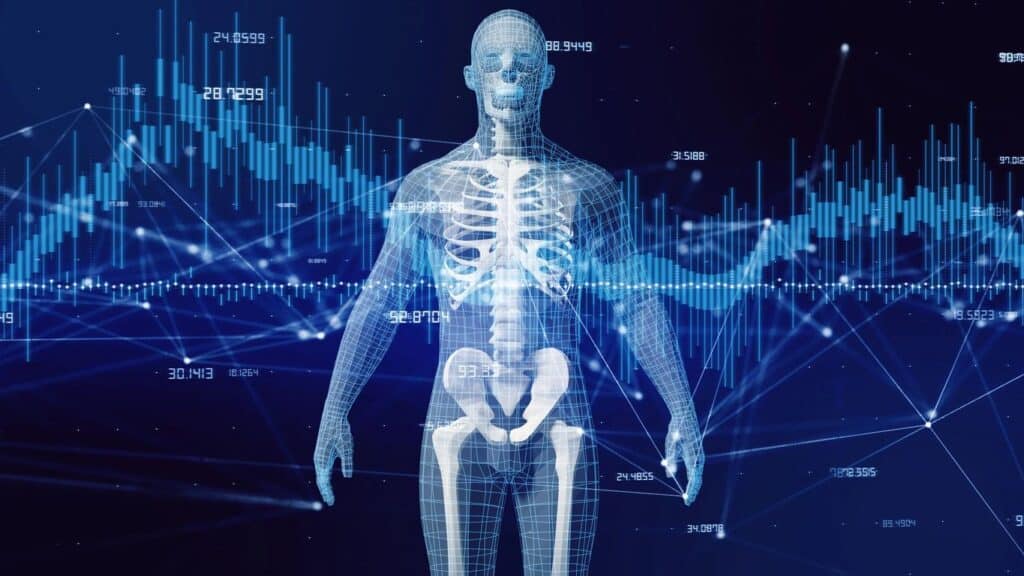Chiropractic Research
What does the science say? Chiropractic Research Supports Manipulation.

In this section we highlight some of the best available Chiropractic research yielding clear evidence on the Safety and Effectiveness of Chiropractic Manipulation. Note that most of the studies where not performed by Chiropractors but medical researchers from highly credible institutes.
Chiropractic Research and Studies
The Rand Report
In 1991 the first independent guideline on spinal manipulation for low back pain was published using evaluation of scientific literature by an expert panel. They concluded that manipulation was appropriate for acute low back pain.
Agency for Health Care Policy and Research Guidelines
In 1994 Guidelines for acute lower back pain developed for the Agency for Health Care Policy and Research of the U.S. Department of Health and Human Services by a blue ribbon panel composed primarily of medical physicians and chaired by an orthopedic surgeon included powerful recommendations for spinal manipulation.
American Pain Society & American College of Physicians
In 2007, guidelines were published in the Annals of Internal Medicine by an all medical panel consisting of members of the APS & the ACP. After thoroughly surveying and analyzing all available research, they concluded that doctors should consider non-pharmacologic therapy including spinal manipulation for low back pain. In fact, spinal manipulation and superficial heat were the only non-pharmacologic therapy found effective for acute low back pain.
Chiropractic and Headaches: Duke University Study
Chiropractic Research proves its effectiveness for headaches. Patients who received manipulation were significantly better than those who had taken amitriptyline for headache: both in frequency and severity. Patients who received manipulation sustained reduction in headache frequency and severity compared to those who took amitriptyline and had almost no negative side effects (4%) compared to the medication group (82%).
World Health Organization Bone and Joint Decade Report
The most comprehensive recent evaluation of all neck pain therapies lasting from 2000-2010. It concluded that “Our best evidence synthesis suggests that therapies involving manual therapy and exercise are more effective than alternative strategies for patients with neck pain”.
High Quality Study Reports Chiropractic Manipulation Is Safe.
According to a very large and high quality study in 2015 involving over 6 million subjects, the risk of stroke after seeing a Chiropractor was 76% less than seeing a primary care physician (family doctor). Essentially, this means that neither primary care providers (PCPs nor Chiropractors) are causing stroke, they are simply not catching the signs of stroke in rare cases. Furthermore, Candice J. Perkins, a double board certified neurovascular MD reports that from her studies, it is physiologically impossible for spinal manipulation to cause stroke in normal patients who do not already have neurovascular abnormalities.
Stroke Risk After Chiropractic Same/Similar to Visiting Your Primary Care Physician.
Researchers from Dartmouth College and the Southern California University of Health Sciences conducted a study in 2015 assessing stroke in elderly patients with neck pain. The risk of stroke associated with Chiropractic manipulation was extremely low, in fact, too small to report. Stroke rates in patients who visited a Chiropractor vs. a Primary Care Physician were compared. For patients who saw a chiropractor, the risk of stroke was significantly lower at 7 days compared to the patients who saw a primary care physician (1.2/1,000 vs. 1.4/1,000); and after 30 days the trend reversed (5.1/1,000 vs. 2.8/1,000). This highlights that the incidences of stroke are more random rather than being caused by either Chiropractor or Primary Care Physician, especially considering the higher background incidence of stroke at 7.4% (74/1000).
Ross Hauser, MD explains loss of cervical curve and instability in neck pain
It’s not just Chiropractors that emphasize correcting joint alignment. Even Medical Doctors agree that joint dysfunction can lead to a variety of symptoms in addition to neck pain. Here we see Doctor Hauser explain how the loss of the normal cervical curve can lead to a variety of symptoms including tinnitus and vertigo.
